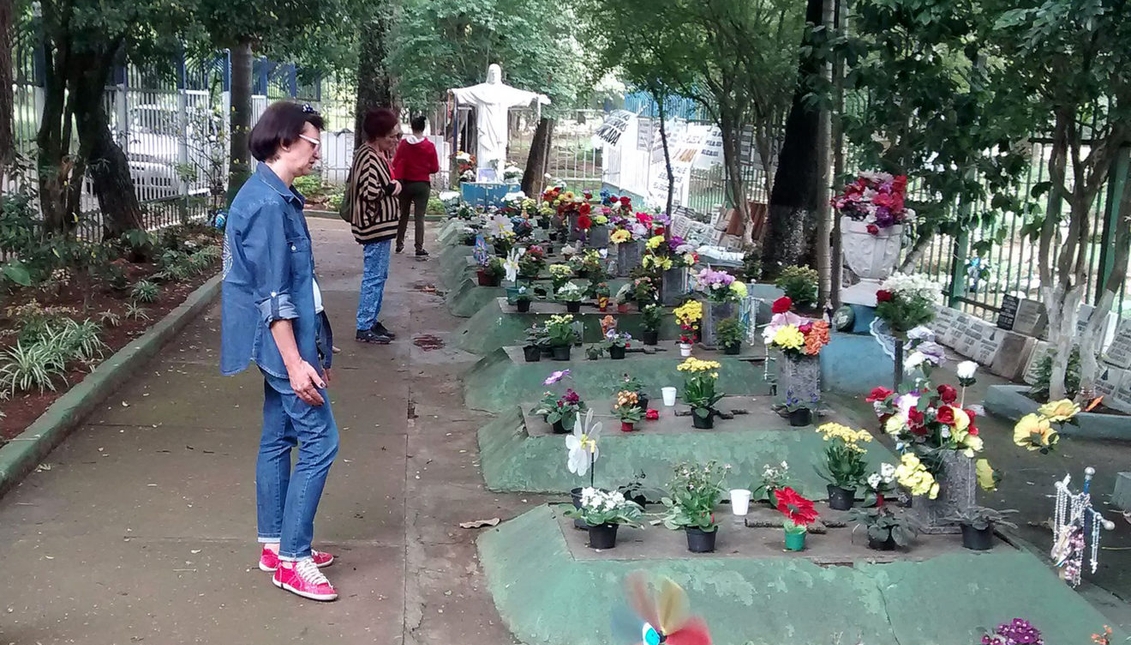
The most haunted building in Brazil continues to cast a spell on the collective consciousness
A whisper spreads from the tombstones throughout the cemetery of Sao Paulo, remembering the 13 unidentified deceased in a terrible fire of the past.
The whisper that spreads from the tombstones throughout the cemetery of Sao Paulo prevents one from praying peacefully.
The inexplicable rumbling continues until the attendant throws water on the thirsty graves of 13 unidentified victims of a fire that, at least for a day, alleviates their moans.
Ana Franco's original story for Narratively explains how the murky tombstones in the cemetery, founded in 1972, belong to the 13 unidentified victims in one of Brazil's most fearsome fires at the Joelma Bulding in 1974. The structure now stands as one of the most famous haunted buildings in the country.
The trap of a wooden skyscraper with no fire protection measures, whose screams will remain engraved in the collective subconscious, has been added to the gloomy and macabre love story of its previous owner, a young chemistry professor, who in 1948, murdered his relatives for interfering in his romance.

The author relates the murders and homicides to the strange experiences of a gravedigger at the Sao Paulo cemetery, to whom she gives voice by explaining the curse that hovers over the new building and the imploring tombstones: "So a curse, even if it is not a real explanation, gives people the feeling that at least they understand why it has happened, especially something that seems incomprehensible to us."
However, a few weeks before the series Haunted Latin America landed on Netflix with cases of cursed buildings from Mexico and Colombia for its first season, it might be worth remembering the rich symbolism that runs through the imagination of haunted places.
RELATED CONTENT
First of all, the author forgets to mention that Brazil is the country of the espiritia creed above all, with a total assimilation of the principles of Kardeck and French Spiritism in a culture of Christian influences on one hand, and Afro-American on the other.
Not only do they contemplate the dialogue between the dead and the living, but also to conceive the afterlife as a hell or a paradise and spiral or loop.
In the espiritias centers it is possible to observe the deceased that unfortunately must return to customs or gestures they repeated senselessly in life, even more can be found for the deceased who have not received the correct burials or who suffered a horrendous death to find themselves in a loop.
Not only is the curse highly understandable from the perspective of their creed, but also the psycho-geography of the specific building along with the family murders only magnifies it.
One can even appreciate the narrative similarities with the marginal building that inspired Clive Barker's Candy Man saga (1992) of which an imminent remake is expected: a building that moves from the center to the periphery of the demographic flows without sufficient security measures and where some crime has been committed in its vicinity.
Both the location and the very logic of the building are synchronized with an environment sensitive to those narratives prone to curses that function in the background as an echo of the damage in the collective imagination.











LEAVE A COMMENT: